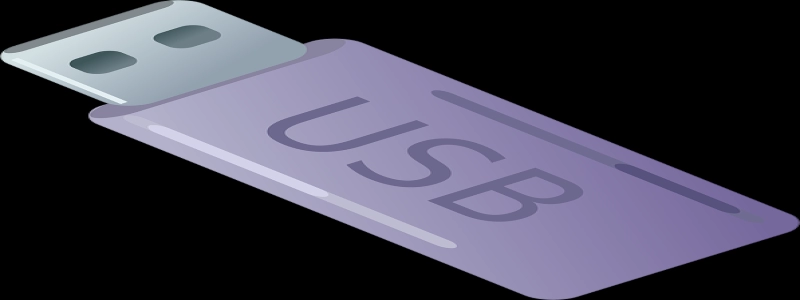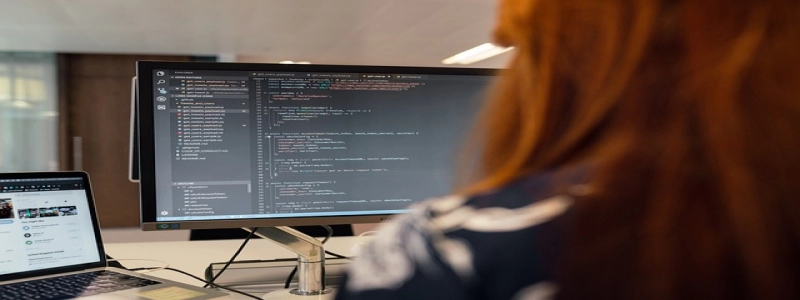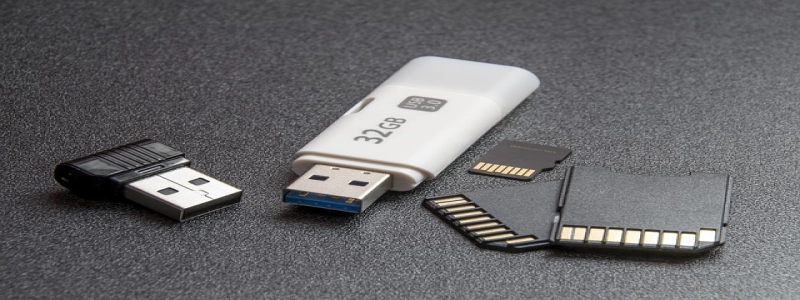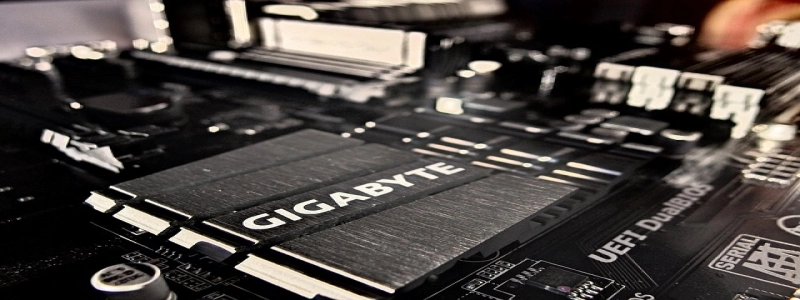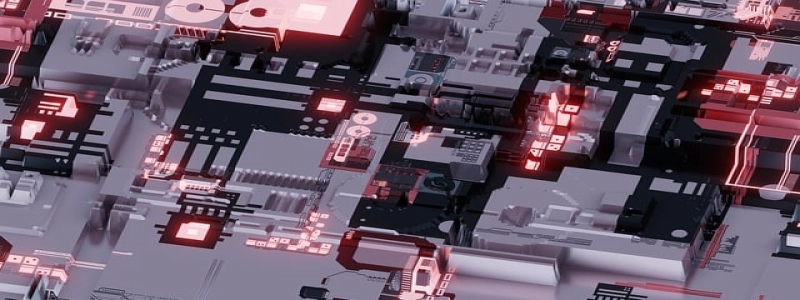DIY Fiber Optic Cable Repair
Introduction: Understanding Fiber Optic Cables and Common Issues
1. What are Fiber Optic Cables?
– Definition and Purpose
– Advantages over traditional copper cables
2. Common Issues Faced with Fiber Optic Cables
– Physical damage
– Cable breakage
– Poor signal quality
– Connector damage
Repair Tools and Materials Needed
1. Tools Required for Fiber Optic Cable Repair
– Fiber optic cleaver
– Fiber optic strippers
– Fiber optic polishing film
– Fiber optic connectors (if needed)
– Fusion splicer (optional)
2. Materials Required for Fiber Optic Cable Repair
– Fiber optic cable
– Fiber optic connectors (if needed)
– Epoxy resin adhesive
Step-by-Step Guide to DIY Fiber Optic Cable Repair
1. Assessing the Damage
– Inspect the cable for physical damage or breakage
– Check the connectors for any signs of damage
2. Preparing the Cable for Repair
– Clean the cable ends and connectors with fiber optic cleaning solution
– Use a fiber optic stripper to remove the protective coating around the damaged area
3. Splicing the Cable (if necessary)
– Use a fusion splicer to fuse the fiber ends together
– Follow manufacturer instructions for proper splicing technique
4. Appending a New Connector (if necessary)
– Strip the fiber optic cable to expose the bare fiber
– Apply epoxy resin adhesive to the connector and carefully insert the fiber
5. Polishing the Connection (if necessary)
– Use a fiber optic polishing film to smooth the connector
– Remove any excess epoxy if present
6. Testing the Repaired Cable
– Use a fiber optic power meter to measure signal strength
– Check for any connectivity issues or signal loss
Safety Precautions and Additional Tips
1. Wear protective gear, including safety glasses and gloves, when handling fiber optic cables and tools.
2. Follow manufacturer instructions for all tools and materials used during the repair process.
3. It is advisable to practice the repair process on a spare or disposable fiber optic cable before attempting an actual repair.
Conclusion: DIY Fiber Optic Cable Repair can save time and money
Repairing fiber optic cables yourself can be a cost-effective solution for common issues such as physical damage, cable breakage, poor signal quality, and connector damage. With the right tools, materials, and knowledge, it is possible to successfully repair fiber optic cables at home. However, it is important to prioritize safety and follow proper procedures to ensure optimal results. By opting for DIY repairs, you can save time and money while maintaining a reliable fiber optic network.
